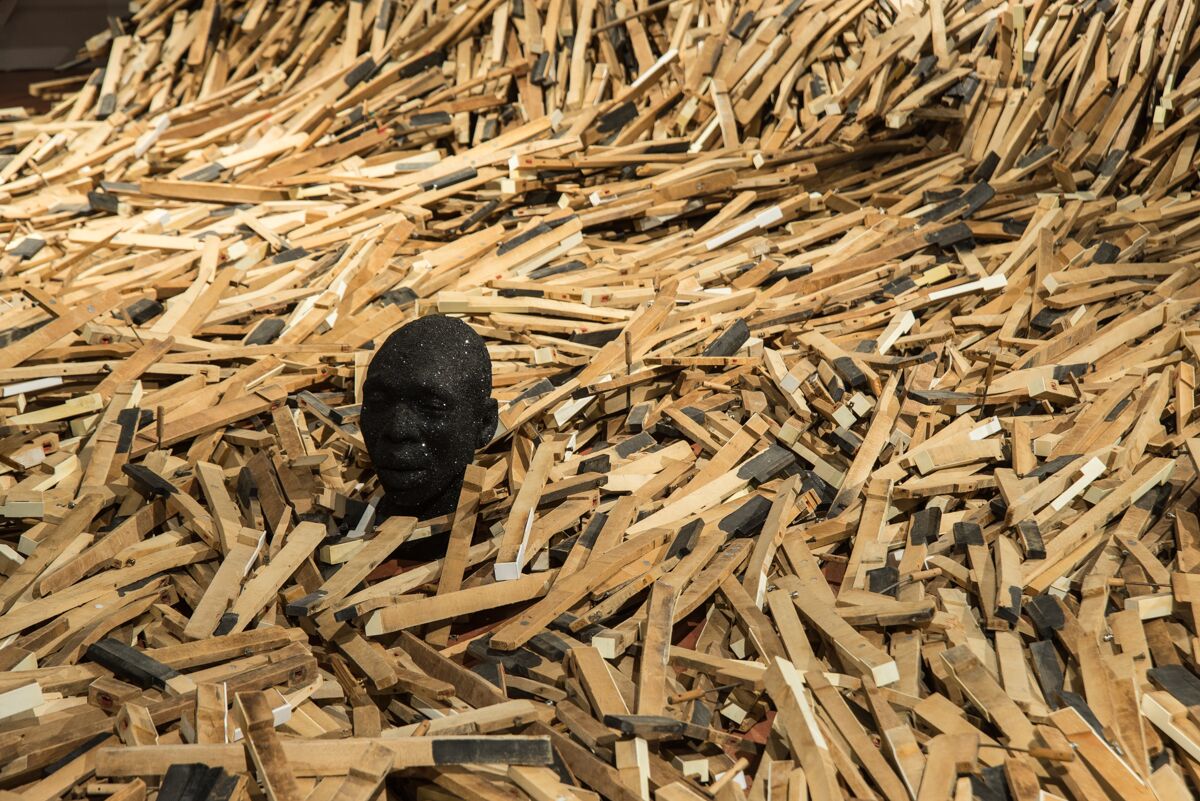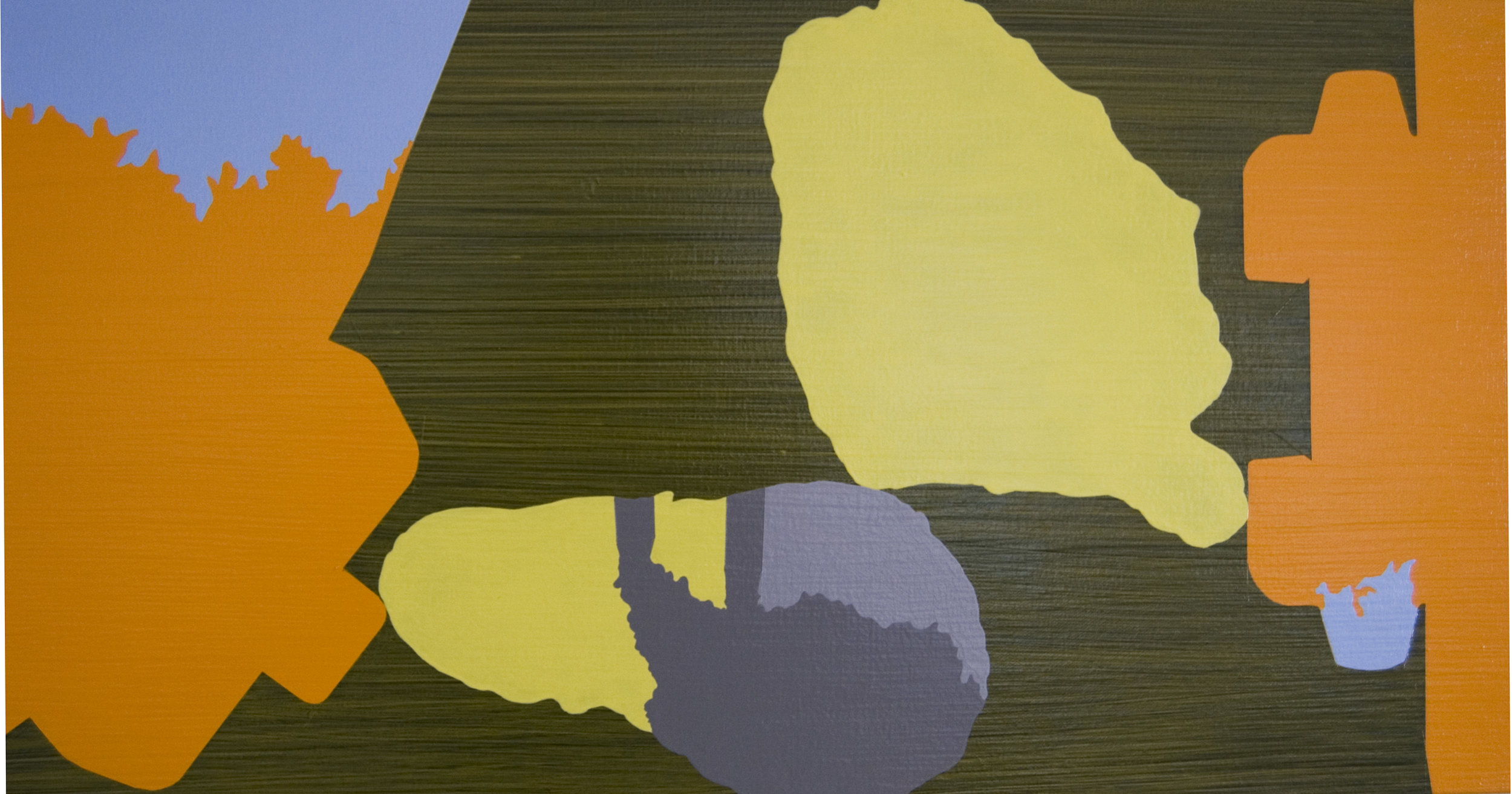LookCLOSE: The Storyteller

by Amy Ritchie Johnson | September 12, 2017
Virginia creeper, Hummingbird vine, Kudzu, Azalea, Bittersweet, Camellia. Honeysuckle, Pokeweed, Persimmon. Possumwood, Sugar-plum.
In her main bodies of work, Bittersweet on Bostwick Lane and By the Grace of God, Susan Worsham incorporates the botanical poetry of the land where she photographs, both as part of the images themselves and as titles in many cases, orienting the images to the earth. As a photographer she is often seen as stemming from a Southern lineage the likes of Sally Mann, William Eggleston, and Emmet Gowin, which is true, but only part of it. She has been just as influenced by Robert Frank’s The Americans, and what can be derived then is that Susan’s work forms from a longer continuum of 20th-century photography interested in the real America. The gritty, sweaty, hand-ironed and often bloody one that American popular media and advertising have historically negated. What Greil Marcus calls “the old, weird America,” which is always stretching out the past in a taffy pull of nostalgia for what was and how its loss influences right here and now. But there is a much older Southern tradition informing Susan’s work that does place her in the context of the American South from which she came and in which she continues to live and work; that’s the tradition of storytelling, both the oral and the literary one.
Susan Worsham, Pokeweed and Sasanqua, 2011. Archival pigment print, 40 x 50 inches. Image courtesy of the artist and Candela Books + Gallery, Richmond.
Susan uses audio recordings of her subjects in her work, but she also has come to incorporate the oral telling of the stories of the photographs themselves in her speaking about them. The story of their fortuitous making and the people and places involved are as much a part of the photograph to her as the camera, film and paper.
One of my favorites: “I was photographing these wonderful bright orange red structures. Steel bones left over from a car wash right after a rain storm. I was tired and I wanted to go home after looking through my camera for about an hour at the spot. After I had packed up everything and had gotten into my car to leave, I saw this woman walking towards me and I knew I was supposed to photograph her. I made myself ask, hoping that she would say no so that I could go home. When she said yes, I told her it would take awhile because I used a view camera. To that she answered, ‘I have all the time in the world.’ When I asked her what she was carrying in her bags, she told me she was delivering wedding gifts.”
Susan Worsham, Woman Delivering Wedding Gifts, 2012. Archival pigment print, 20 x 25 inches. Image courtesy of the artist and Candela Books + Gallery, Richmond.
And there are of course the countless stories of hours Susan spends with Margaret Daniel, her black walnut bride, cooking homemade bread or jelly, remembering together Susan’s family and the neighborhood of her childhood where Margaret still lives. The neighbor that knew Susan’s father, brother and mother, before each of them left Susan’s alive life, in that order. Over time Margaret’s own story has become part of Susan’s, as the artist begins to include microscopic slides of flora and fauna that are both word and image, inspired by Margaret’s long career as a school science teacher.
Gall wasp from oak apple, Section of trumpet flower, Crystals from human saliva. Bread bacteria stain, Human blood stain.
Susan Worsham, Margaret with Giant Camellia Japonica, 2012. Archival pigment print, 50 x 40 inches. Image courtesy of the artist and Candela Books + Gallery, Richmond.
Susan Worsham, Pollen Knife (Margaret with Collected Pollen from my Mother's Camellia), 2014. Archival pigment print, 20 x 25 inches. Image courtesy of the artist and Candela Books + Gallery, Richmond.
Susan transforms storytelling from a word-based tradition to an image-based medium, without abandoning words, but using them as ancillary, because whereas her images remain true to that ancient grasping at immortality made palpable by the camera, the words thread the past and present like moths fluttering through air, alighting this horse-nettle flower, that hypnum moss, sometimes sending themselves straight into the electric light of forever.
“The Last Jar of Crabapple Jelly that Harrison Ate from Before He Died” shows homemade jelly a translucent coral in window light, and a spoon set nearby it, cradling an uneaten serving. There is a scientific slide of cat’s esophagus, a pulsing orange circle like a wedding ring, the black handwritten name. The similarity of all biological material, cells formed into objects and colors, words naming them, defining their existence by cause and effect. Margaret has spent years in the kitchen cooking down crabapples from the tree in their yard, adding sugar and pectin, sealing the concoction into sterile jars. Harrison had eaten that jelly throughout decades of their marriage. He ate it again, maybe on a piece of homemade bread. Then one day he died. Susan’s work reminds us with gentle beauty: one day each of us will die. Simple truth aroused in a jar of jelly sitting in a window sill.
Susan Worsham, The Last Jar of Crabapple Jelly that Harrison ate from Before He Died, 2014. Archival pigment print, 20 x 25 inches. Image courtesy of the artist and Candela Books + Gallery, Richmond.
Susan Worsham, Margaret's Azaleas Through Section of Cat's Esophagus, 2014. Archival pigment print, 25 x 20 inches. Image courtesy of the artist and Candela Books + Gallery, Richmond.
Susan Worsham, Georgia with Snakeskin, 2013. Archival pigment print, 20 x 25 inches. Image courtesy of the artist and Candela Books + Gallery, Richmond.
There are people, and the places void of them, left empty of the person, their objects left behind. The landscape is a material place humans inhabit and abandon, what they ultimately become. Fields and riverbanks are the sites of undeniable dark truths seeded in the past, mixed seamlessly with sun-dabbled brightnesses. If Southern art seems preoccupied with death, maybe it’s because it has human enslavement and systemic murder to contend with; a history of saying goodbye to loved ones and/or hated and/or feared ones, all delivered to the same moist soil. The land, the people living on that land, their families, their stories—these are the hallmarks of Southern literature.
William Faulkner, Zora Neale Hurston, Harper Lee, Carson McCullers, Flannery O’Connor, Reynolds Price. Alice Walker, Margaret Walker, Eudora Welty. Tennessee Williams, Richard Wright.
Susan Worsham, I’d Rather Stay Home, Danville, Va., 2011. Archival pigment print, 20 x 25 inches. Image courtesy of the artist and Candela Books + Gallery, Richmond.
Susan Worsham, Skin of Man with Perspiratory Glands, 2017. Archival pigment print, 18 x 40 inches. Image courtesy of the artist and Candela Books + Gallery, Richmond.
Here’s a story. It’s about Susan and me, just after my sister died. We had never met but I had emailed her excitedly about finding her work, and finding out that she lived a few blocks from me on the crepe myrtle-lined Boulevard of Richmond, Virginia. The very first time we saw each other, she arrived at my apartment carrying a large handbag draped over her forearm and a cup of 7-11 coffee. The apartment was bathed in afternoon sunlight, white walls mostly bare, whitish sofa, two cats. Susan sat down and proceeded to tell me her stories.
Susan Worsham, Crabapple Grave, 2014. Archival pigment print, 20 x 25 inches. Image courtesy of the artist and Candela Books + Gallery, Richmond.
Her voice would not cease, it would just vanish. There would be the dim coffin-smelling gloom sweet and over-sweet with the twice-bloomed wistaria against the outer wall by the savage quiet September sun impacted distilled and hyperdistilled, into which came now and then the loud cloudy flutter of the sparrows like a flat limber stick whipped by an idle boy . . . -William Faulkner, "Absalom, Absalom!"
Amy Ritchie Johnson is an independent art writer, curator, and educator. She also teaches creative writing. Follow her on Instagram at For-real Art Lover (@f.artlover).





